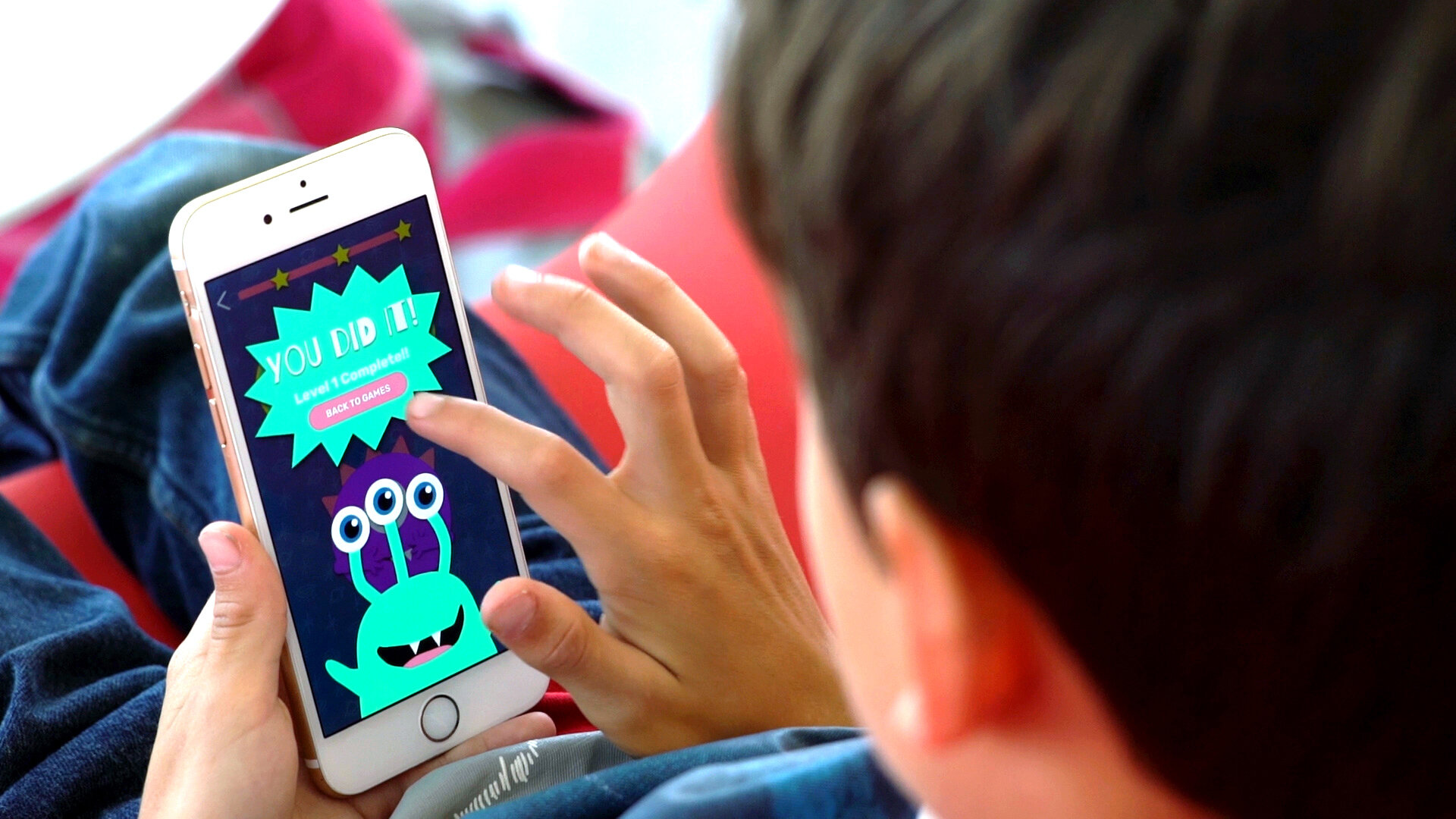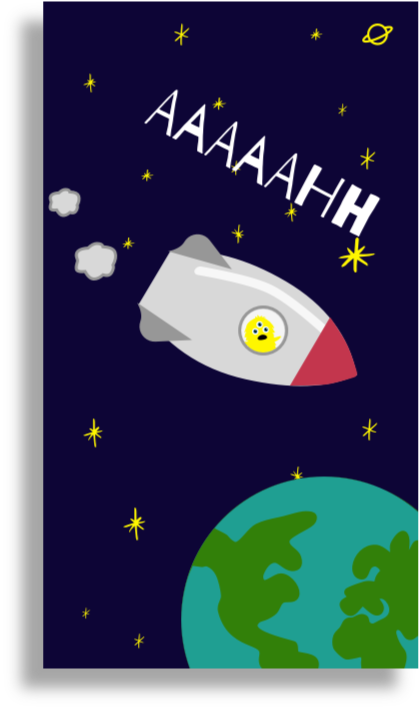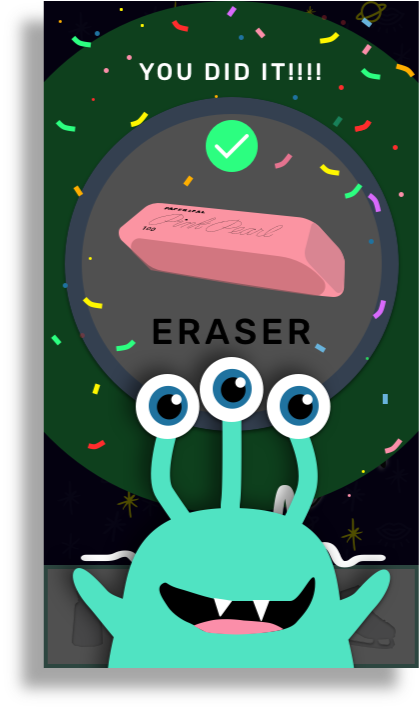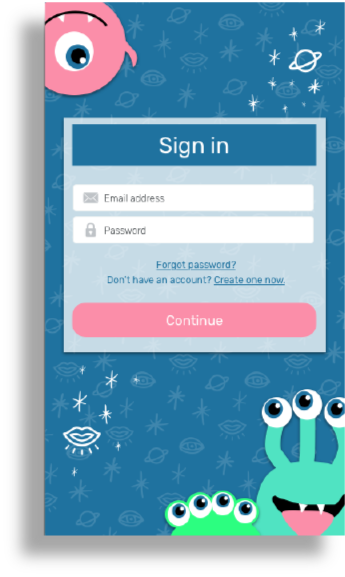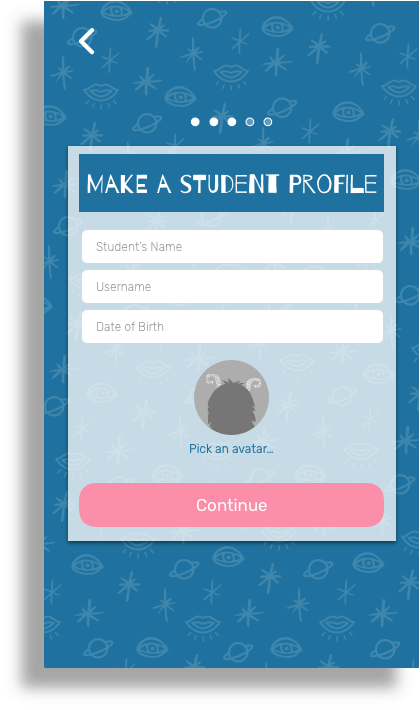
Speech Up
Prompt: How can we make speech therapy more accessible to children who require it?
Role: Chief Product Officer
Tools & Skills: product design, UX, UI, Concept/Game design, branding, illustration, logo design, graphic design, prototyping, Sketch, Illustrator, mobile app design, InVision, business development, public speaking, pitching, entrepreneurship, creative direction, marketing, usability, research

Identifying the Problem
Identifying the issues in traditional speech therapy actually began with the personal experiences of my cofounders. Both of them underwent speech therapy as children, and they attribute much of their success to the efforts of their SLPs. At the same time, they dreaded going to their therapy sessions when they were young, finding it tedious, and often contributing to problems with self-esteem.
Challenges for the kids
Uncomfortable – kids are often reluctant to open up to therapists
Inaccessible – estimated shortage of 28,000 SLPs nationally
Expensive – sessions typically cost between $80-120/hr
Challenges for SLPs
Overworked - caseloads often exceeding 60 children/week
Limited treatment – often seeing patients 30 min or less per month
Manual processes – hours spent tracking progress

Our Solution

Users
Speech Language Pathologists
Monitor and manage patient progress
Children
Levels to address different orders and impediments
Suite of communication apps to bring accessibility for kids with speech disorders
Parents
Progressive feedback reports and resources for improvement
User Flow Map
Sketches & Wireframes
Mockups for Flow Screens
Luckily the flow and onboarding sketches fit our needs so the wireframes matched them pretty accurately. The wireframes were then reviewed by our SLP experts to help ensure that all the speech needs a child could have could be selected for treatment when adding a student to the digital classroom.
SLP Portal Sketches
Game sketches
Sketch for the “Hidden Objects Game,” the first one we came up with. This sketch shows my attempt to find all the relevant “T” words that could logically fit into a scenario, which in this case, was a picnic.
This is the “Floating Sticker Game,” which had the same underlying function as the “Hidden Objects Game,” but with a different layout. Fun fact: this game was actually inspired by how I felt as a cofounder at the time - I often described the fast pace of startup life as trying to organize a spaceship that’s moving really fast. Occasionally, the spaceship would thrust into zero gravity, and you all your stuff would get tossed up into the air, and when you went back to normal gravity, it would all fall down into random places. As a cofounder, your job was to continue organizing every time you have normal gravity, trying to tie as many things down as possible before zero gravity hit again so that each time, fewer and fewer things would get thrown up into the air.
One of the things the three of us cofounders decided to do was to always make ideating games a company-wide activity. Every once in a while (and nearly everyday at the beginning), we would all get together and do a “Crazy 8s” activity, where you fold a piece of paper into 8 panels, and you’re given one minute per panel to sketch out an idea for a game. Every intern and employee was required to do the same! We would all silently evaluate each others’ ideas and have a few minutes to mark our favorites with a sticker or a dot with a marker. Above are some of my game ideas that ended up being coded into the game. And below are some of the most delightful/ridiculous/rejected game ideas contributed by my colleagues.

Final Product: App Details

Research/UX Deliverables:Gameplay with real-time feedback

Research/UX Deliverables: Onboarding Experience

SLP Portal
The SLP portal provides instructors with a one-stop-shop to manage their clients as a “classroom,” while also gathering and displaying data for each child. User testing with SLPs showed that pertinent data included qualitative and quantitative goals and recordings of words practiced at home so that the SLP could hear the progression of work done when not present. Given our understanding of the difficulty some SLPs experience with fitting all their clients in to meet monthly requirements, we also provided a way for them to manage their scheduling.
Visual Branding Identity
The Logotype (below)
I wanted the logo to evoke something aural, so the text is meant to be a visualization of a monster’s voice. I included a plain planet in the same shape as the eye for recognition and consistency, as well as a mouth icon for domain relevance.
The Eye
The eye is meant to symbolize a connection with the characters, to make you feel closer to home while you’re out in another world. It ties in with the characters enough for recognition but not so directly that it limits opportunities for the brand to scale.


Characters & Illustration
They’re weird ! But cute. They’re friendly-looking enough to pique the users’ interest, while helping the child to maintain focus and move the game along.

What’d I learn?:
My god, so much, but here’s my main takeaway: On paper, turning an idea into a company isn’t all that hard. Maybe at one point in time it was, but now, there are so many people (and books and TedTalks and podcasts…) out there that can tell you how to best manage your funding, how to hire, how to scale, etc. But what no one can prepare you for is the emotional work that it takes. No one can tell you who is the right cofounder for you, how to deal with the way your personal relationships change once you commit to founding a company, and what kind of things you personally need to achieve your own version of a sustainable work/life balance. That’s something you have to roll up your sleeves and learn on your own, and despite the rollercoaster of highs and lows, the lessons are invaluable.


